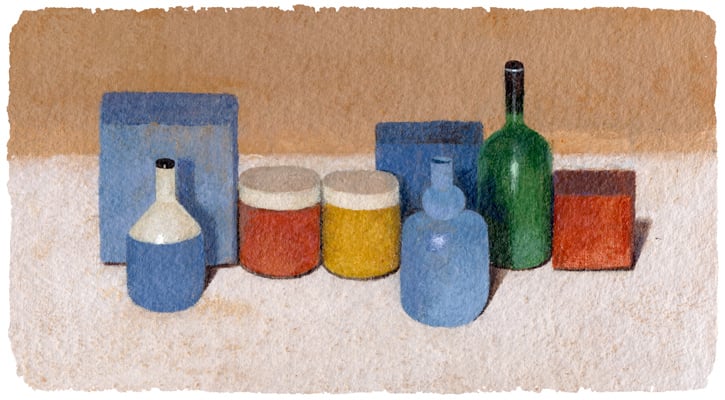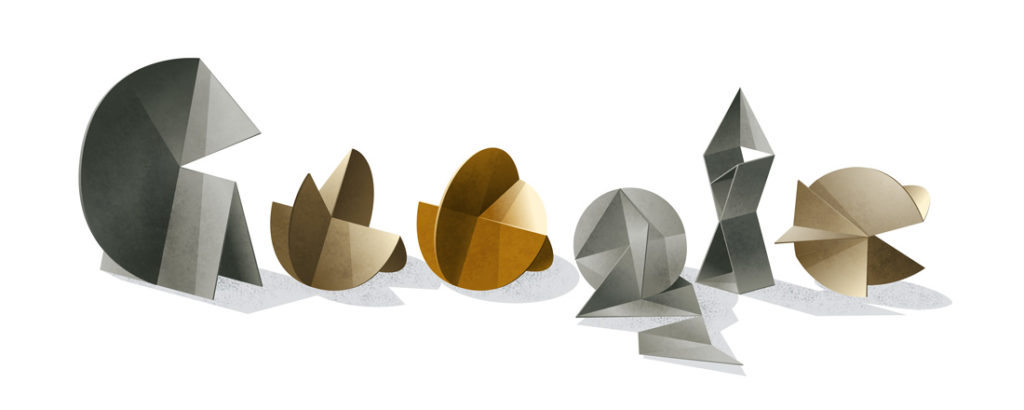Art World
Ever Wonder Where All Those Quirky Google Doodles Come From? We Spoke to Jessica Yu, Captain of the Doodlers
It takes a small army of designers and planners to keep the project going.

It takes a small army of designers and planners to keep the project going.

Artnet News

In 1998, Google’s co-founders, Larry Page and Sergey Brin, were on their way to Burning Man and wanted to message their trip to the world. So they took Google’s signature logo, which greets visitors to the company’s homepage, and replaced the second “o” with an image of the festival’s icon. They considered their “out-of-office” message a public inside joke.
This is how Google Doodles began—and the company, only a few months old, wasn’t even incorporated yet.
Now, 21 years and several thousand Doodles later, the daily sketches are the quirky face of one of the world’s most powerful companies. They’re the subjects of Facebook posts and small talk with colleagues. Your dad probably sends them to you in body-less emails.
Most artists dream of garnering an audience of thousands. Google’s Doodlers, as they’re known—a shifting lineup of dozens of artists, engineers, and product managers based in the company’s headquarters in Mountain View, California—work on a platform that averages over five billion searches per day. As a team, they publish several hundred Doodles a year across the world.
“It’s… tricky,” Jessica Yu, the Doodle team lead, tells artnet News while laughing. “It takes a lot of planning.”

Google’s Doodle honoring Giorgio Morandi’s 125th birthday, July 20, 2015. Courtesy of Google.
The majority of Google’s Doodles are born in a giant brainstorming session held yearly by Yu and her staff.
“We go through thousands and thousands of suggestions we get from Googlers, outsiders, or people on our team,” she says. “We read through all of those, and then we go country by country to figure out what the calendar is going to be for the year. We try and make sure we have a diverse calendar in many respects—culturally, thematically, geographically, et cetera. You want funny moments, poignant moments, educational or inspiration moments.”
They finalize the calendar with a company representative from each country in which they operate (Google’s Doodles differ depending on where you are in the world), then go about “conceptualizing” each artwork, determining whether an image will be static or animated, interactive or automatic, video- or game-based. And then they plot out who will design it. Illustrators get many of the straightforward drawings; engineers are assigned the more elaborate ones. In most cases, the two groups collaborate.
The Doodles have been workshopped in just about every artistic medium: pencil-on-paper drawings, graphic design, photography, and even claymation. The team often seeks out local artists to realize regionally specific artworks.
Artists themselves have also been popular honorees for the Doodlers. Ruth Asawa, Lygia Clark, Giorgio Morandi, Juan Gris, Käthe Kollwitz, Wassily Kandinsky, Henri de Toulouse Lautrec, Gustav Klimt, and dozens more have all had their day atop the search engine’s home page.

Google’s Doodle honoring Lygia Clark’s 95th birthday, October 23, 2015. Courtesy of Google.
Yu estimates that 95 percent of her team’s Doodles are planned over a year in advance, but the remaining five percent are created in response to something newsworthy. “It gives us the ability to act on the fly on particular occasions,” she says.
For instance, earlier this year, when NASA released the first image of a black hole, Google created an animated, black hole-themed Doodle within an hour.
Of course, given the shear amount of data available to the company, it’s not a stretch to think that the Doodle team could anticipate newsworthy moments and create responsive artworks. But that’s not the goal, Yu says. Her team isn’t concerned with the performance of a given Doodle—not in a traffic-based, ones and zeros sense, at least.
“It’s not necessarily about maximizing the number of clicks,” she explains. “It’s a very heart-driven organization in a very data-driven company, quite frankly. We know that not every Doodle is going to be everyone’s favorite, so we aim to ensure that every Doodle is going to be somebody’s favorite.”